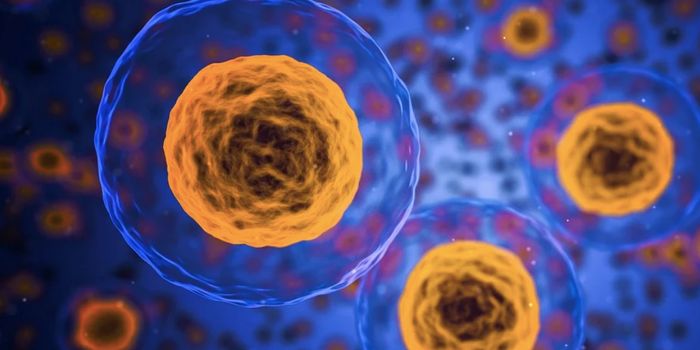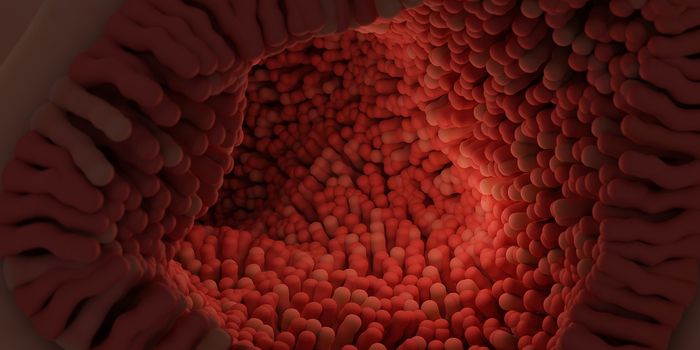Remember That Coronavirus You Once Met? Your T Cells Do.
The SARS-CoV-2 virus was first identified in December 2019 in Wuhan, Hubei, China, and quickly escalated to pandemic status. From an immunological perspective, were global populations sitting ducks, entirely defenseless against this newly emerged viral killer? According to scientists, the answer is no, thanks to a subset of immune cells called memory T cells.
Researchers in Singapore set out to map T cell responses to COVID infections in patients who have previously recovered from severe acute respiratory syndrome (SARS), those who only got COVID-19, as well as healthy, uninfected people. SARS is a viral respiratory disease caused by a closely-related coronavirus to the one that causes COVID-19. The study was published in the journal Nature.
Antonio Bertoletti, a senior author of the paper said that T cells play a central role in protecting us against viruses. “This concept has been present in the scientific community for over 50 years, but so far has been largely ignored in discussions related to COVID-19 immunity,” said Bertoletti.
Interestingly, the patients who had previously come down with SARS — up to 17 years ago — produced strong T cell responses to the N protein, an abundant viral protein that is similar in SARS-CoV-1 and 2. It wasn’t just those with prior SARS infections that had this response — even the healthy controls in the cohort produced similar immune responses.
“There is this idea of the total absence of immunity against coronaviruses in the general population, which is clearly incorrect,” explained Bertoletti. “Other coronaviruses have always been circulating in humans.”
Most people have been exposed to some type of coronavirus in their lives, which in many cases, may produce no symptoms at all. This large group of viruses causes diseases in animals often circulating among camels, cats, and bats. In cases such as COVID-19, the coronavirus can evolve to infect people. The study reveals the long-lasting memory and overlap between the T cells that recognize SARS-CoV-1 and SARS-CoV-2, which could explain differences in the severity of symptoms in COVID-19 patients.
Sources: Nature, A*STAR Research.









